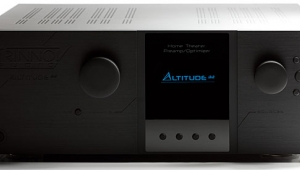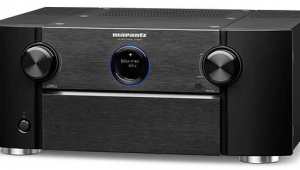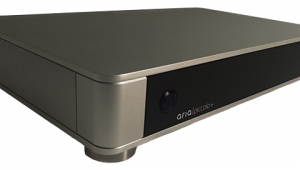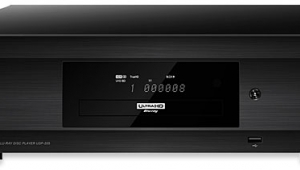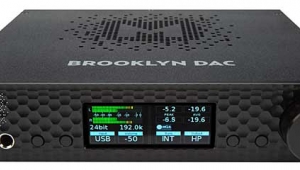| Columns Retired Columns & Blogs |
Can you comment on the quality of the XMC-1 DAC implementation versus analog input from a high quality source similar to the OPPO 105? For best sound quality, if I were to upgrade my system with the XMC-1 should I use the analog inputs from something like the OPPO 105 or save my money and use a device like the OPPO 103?

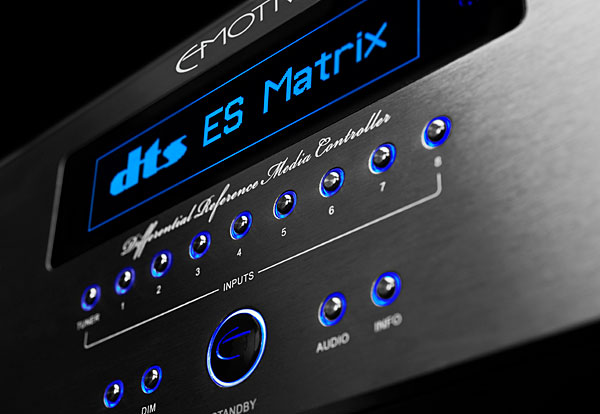
 The 256x64 OLED screen itself is exemplary. It displays three lines of information, each readable from a reasonable distance, depending on the brightness setting and the ambient light. The top line shows the name of the source and sound mode selected, and the volume level. The middle line, prefixed with A (for Audio) shows the audio connector, the audio format of the input, and its sampling frequency and bit depth. The bottom line, prefixed with a V (for Video), shows the video connector, resolution, frame rate, video format, and bit depth. I can't recall having seen a more comprehensive or useful front-panel display.
The 256x64 OLED screen itself is exemplary. It displays three lines of information, each readable from a reasonable distance, depending on the brightness setting and the ambient light. The top line shows the name of the source and sound mode selected, and the volume level. The middle line, prefixed with A (for Audio) shows the audio connector, the audio format of the input, and its sampling frequency and bit depth. The bottom line, prefixed with a V (for Video), shows the video connector, resolution, frame rate, video format, and bit depth. I can't recall having seen a more comprehensive or useful front-panel display.





